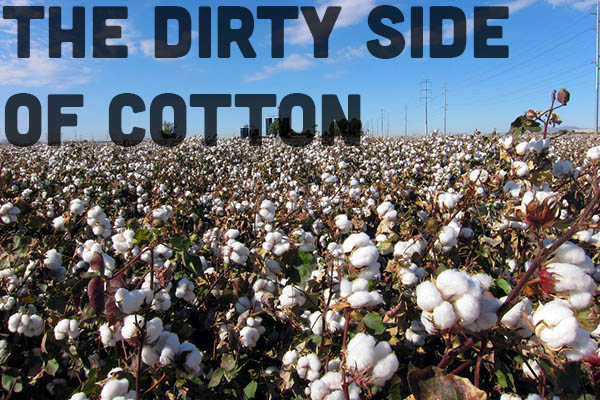 Cotton has some really great marketing behind it, but conventional cotton has some dirty secrets.
Cotton has some really great marketing behind it, but conventional cotton has some dirty secrets.
I’m sure you guys have all seen those “Fabric of Our Lives” ad campaigns, featuring happy people snuggling into cotton garments. Sure, conventional cotton is comfy. It’s also relatively inexpensive and easy to work with. What we don’t always think about with textiles is how that fabric gets onto the shelf.
We talk a lot around here about eco-friendly fabrics, but we don’t always spend as much talking about why it’s important to opt for these alternatives. They’re often more expensive and harder to find than their conventional counterparts, and I think sometimes we forget the “whys” behind green crafting.
The Dirty Truth About Cotton
Conventional cotton is one of the most pesticide-intensive crops in the world. In fact, 16% of the world’s pesticides are sprayed on this single crop alone. That is huge. These pesticides run off into local waterways contaminating drinking water and harming wildlife.
All of those pesticides are no good for the people who work in those fields, either. We grow the vast majority of the world’s cotton in developing countries, and those farmers don’t have the means to implement as many safety measures in their farming operations. These farmers experience an array of health problems from coming into contact with all of those pesticides in the field.
Another little-known fact about conventional cotton is that much of the stuff grown worldwide is genetically modified. That means when you buy conventional cottons, you’re indirectly supporting companies like Monsanto, who are notorious for mistreating and bullying farmers. In India, farmers are so deeply in debt from costs associated with GM cottons that in some areas farmers are committing suicide at rates up to one every eight hours.
Feeling a little bit down about the cottons in your stash? Don’t beat yourself up! I’m a big believer in using what you have and doing the best you can to make greener choices in the future. Tomorrow, we’ll look at some alternatives to dirty cotton and where you can find them.
Updated: Here’s a link to the follow-up to this post! Check out these handy resources for finding organic cotton.
Image Credit: Cotton Field photo via Shutterstock


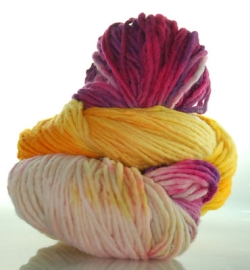
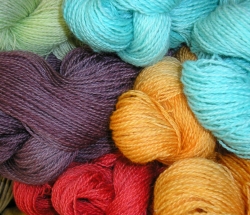
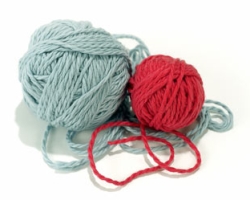
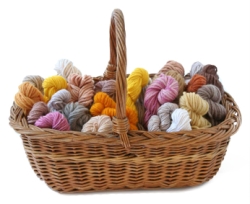
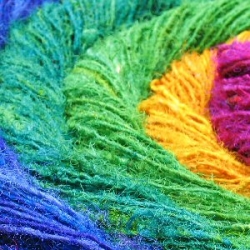
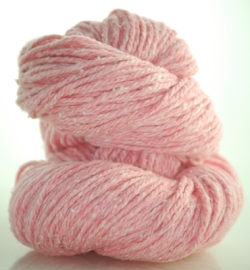
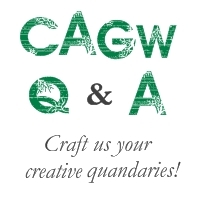
When I took crochet up again, I wanted to make clothes for my daughter who has eczema so wool and most acrylics were out. Cotton was the obvious choice until as noted in the article, you start looking into the environmental cost of cotton. I’ve since started trying to use bamboo more but it just doesn’t have the same properties of cotton, especially the washability since bamboo can not be washed at high heat, and cannot be tumbled dried (I know, awful but with a young child, you can’t always wait for things to dry naturally). It also doesn’t have the same colour range. Also unfortunately, cotton is much better for dishcloths than bamboo. If there are alternatives, I’m happy to consider them but alas for now, won’t be giving up on the cotton completely.
Aloha,
There are a ton of great resources for organic cotton which does not use all the harmful chemicals that conventional cotton does.Also,the process to convert the raw bamboo into a workable fiber is very toxic-something that is often glossed over.In my opinion it should not be considered “eco friendly’ when highly toxic chemicals are used in the conversion process.
Yeah, I agree about bamboo. I do think it beats conventional cotton but it’s definitely the bottom of the better barrel, imo.
Organic cotton! There are lots of organic cotton yarns out there. Organic cotton is leaps and bounds better for farmers and for the environment.
Among many other reasons, this is why I buy from thrift stores. I don’t add more damage to the environment, and I at least add more life to the items that had damaged so far.
Except for my undies, everything I have in my closet is either thrifted or hand me downs. Or I bought it so long ago and have mended it so many times, it practically counts as thrifted. 🙂
Yay for a thrifted wardrobe! Your closet sounds a lot like mine. 🙂
Pingback: Happy Fruit Fabrics Available at Spoonflower | Glue and Glitter
Pingback: Refashion Clothing
Pingback: Handmade Finds: Lingerie | Glue and Glitter
Pingback: How-to: Make Lovebird Wristwarmers from Sweater Sleeves - Free Plans, Hacks, Howto's and other DIY stuff - Free Plans Online
Pingback: Make a Table Runner
Pingback: How-to: Make Lovebird Wrist Warmers from Sweater Sleeves
Pingback: Spoonflower and Child Labor?
Pingback: How-to: Make a Repurposed Table Runner
Pingback: Buy Handmade: Eco-friendly Indie Fabrics | Glue and Glitter
Pingback: How To: Make Natural Fabric Dye out of Red Cabbage | Glue and Glitter
Pingback: How to Dye Fabric with Kitchen Ingredients | Care2 Healthy Living
Pingback: How to Sew Burlap: 10 Burlap Craft Projects | Care2 Healthy Living
Pingback: Cotton | Crafting a Green World
Pingback: Is hemp legal? | Crafting a Green World
Pingback: More Info on the Dirty Side of Cotton
Pingback: Are Tyvek shoes eco-friendly? You decide! | Feelgood Style
Pingback: Bamboo Fabric | Crafting a Green World
Pingback: Feelgood Style | Sustainable fashion, beauty, and health.
Pingback: Feelgood Style | Sustainable fashion reporting, organic beauty tips, DIY projects + tutorials, + natural product reviews.
Pingback: Feelgood Style | Sustainable fashion reporting, organic beauty tips, DIY projects + tutorials, + natural product reviews.
Pingback: Organic Cotton Fabric: Beyond the Harvest | Sustainablog
Pingback: Feelgood Style | Sustainable fashion reporting, organic beauty tips, DIY projects + tutorials, + natural product reviews.
Pingback: The Truth About Fabric – Part 1 – House of Lilli